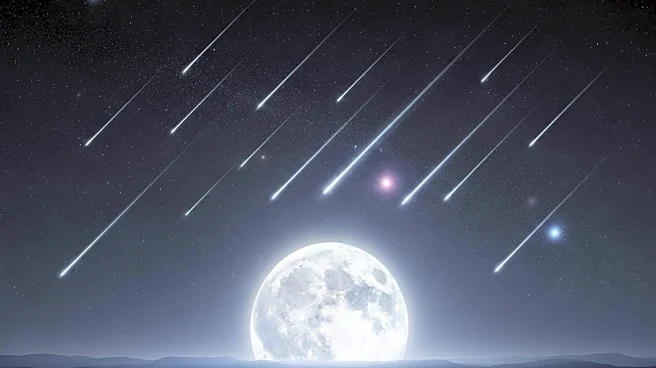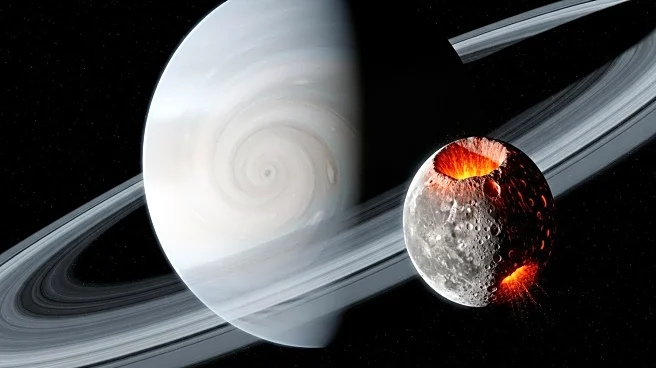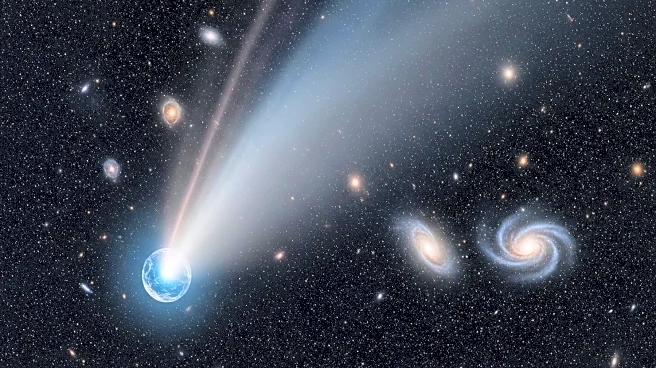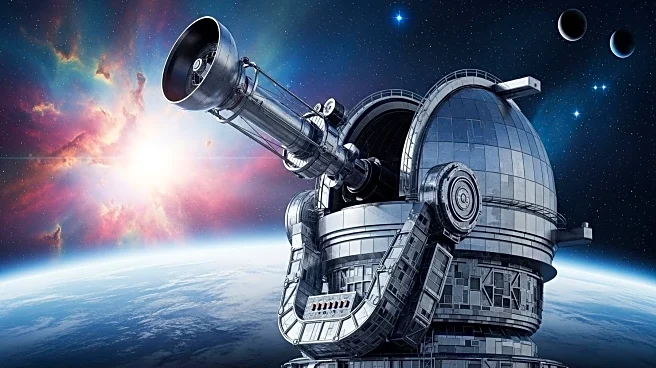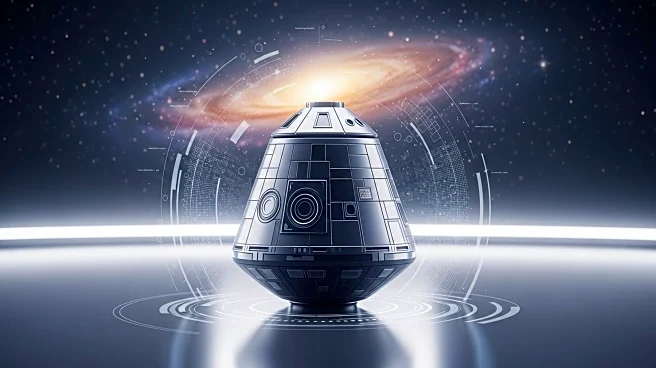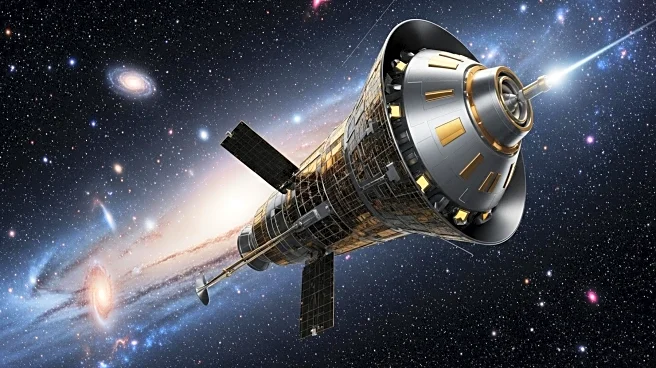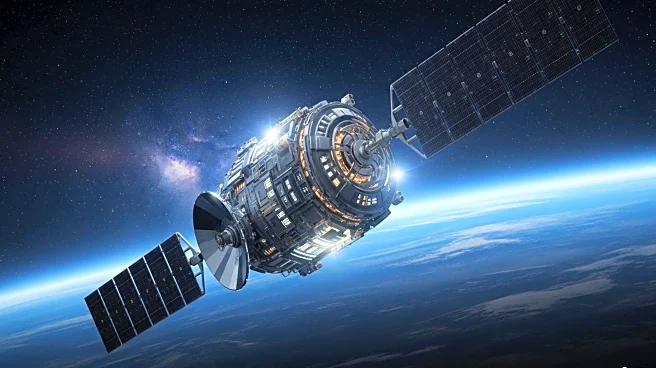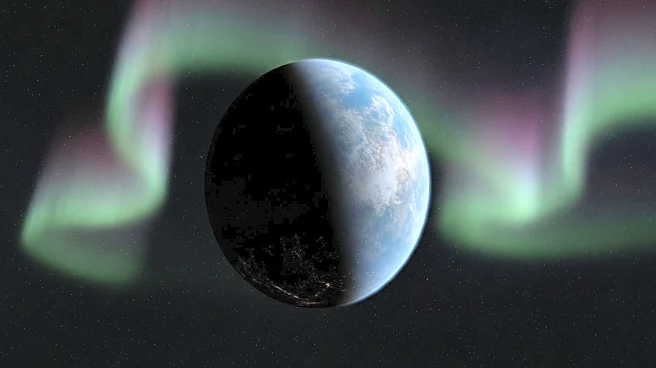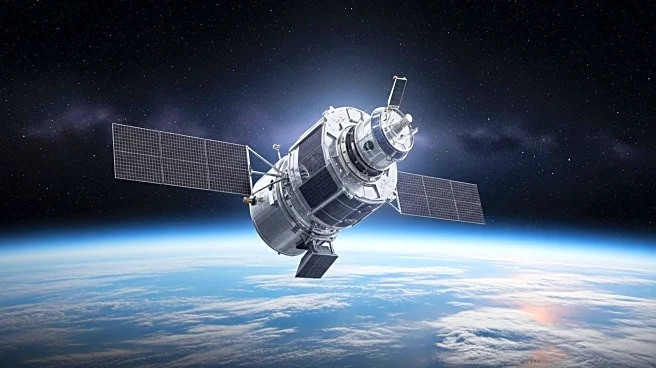What's Happening?
NASA's Juno spacecraft has captured some of the most detailed images of Jupiter's moon Io during a close flyby on December 30, 2023. The images, taken by the JunoCam instrument from approximately 930 miles above Io, reveal the moon's volcanic surface in unprecedented detail. The night side of Io is illuminated by 'Jupitershine,' which is sunlight reflected from Jupiter's surface. This image has been selected as NASA's Science Image of the Month for October 2025, highlighting its significance in planetary science and exploration.
Why It's Important?
The detailed imagery of Io's volcanic surface provides valuable insights into the geological activity of one of the most volcanically active bodies in the solar system. Understanding Io's volcanic processes can offer clues about the moon's internal structure and its interactions with Jupiter's magnetosphere. This information is crucial for scientists studying planetary formation and the dynamics of celestial bodies. The data collected by Juno could also inform future missions to Io and other moons in the Jovian system, potentially leading to new discoveries about the solar system's evolution.
What's Next?
Following the release of these images, scientists are expected to conduct further analysis to interpret the geological features observed on Io. This could lead to new hypotheses about the moon's volcanic activity and its impact on the surrounding environment. Additionally, the success of Juno's mission may encourage the development of more targeted missions to Io, focusing on its unique volcanic landscape. Such missions could involve more advanced instruments capable of probing beneath Io's surface to uncover more about its internal composition and heat sources.
Beyond the Headlines
The imagery of Io not only advances scientific understanding but also inspires public interest in space exploration. By showcasing the dynamic and diverse nature of celestial bodies, NASA's missions like Juno play a crucial role in educating and engaging the public. This can lead to increased support for space exploration initiatives and funding for future missions. Furthermore, the technological advancements achieved through these missions contribute to broader scientific and engineering fields, fostering innovation and collaboration across disciplines.


